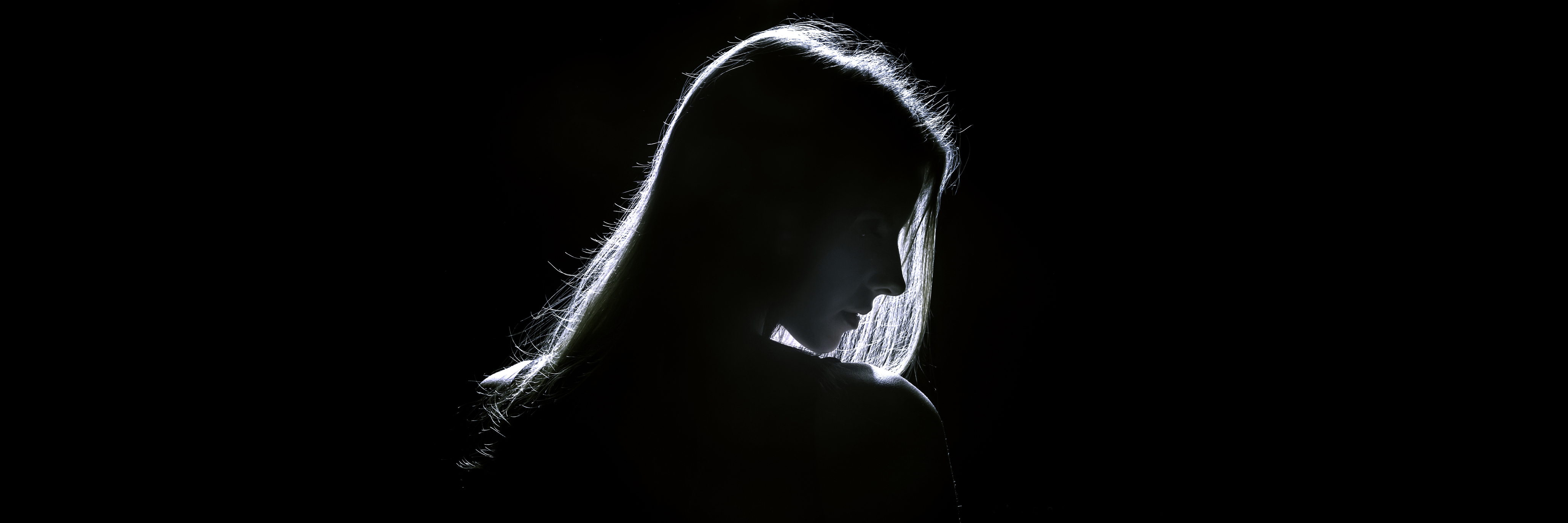Five months ago, I stood in front of the mirror and called my body “beautiful.” For the first time in years, I did not criticize my appearance. I did not disparage my physical features. I admired every curve, every scar, every tensed muscle. I discovered strength cloaked behind weakness — a powerful, invisible strength I have carried with me for my entire life.
In that moment, as I saw myself clearly for the first time in my life, I made a vow — a pact sealed with a loving look and a gentle smile.
I would never again refer to the left side of my body — the side affected by my cerebral palsy — as my “bad side.”
I have long struggled with my body image, primarily as a result of a lifetime of internalized ableism. Throughout my childhood, medical professionals routinely emphasized strengthening my affected side, helping me walk “better,” and “fixing” the complications inherent in living with cerebral palsy. After years of therapies, as well as an orthopedic procedure at age 10, I was convinced there was something “wrong” with my body. Consequently, I began to view my left, affected side as my “bad side,” and my right, unaffected side as my “good side.” Quite literally, I believed I had a “right” side and a “wrong” side.
My body was not “wrong,” but I was. My perception of my body was clouded by my complicated, distorted view of disability — a perspective informed by years of inwardly-directed ableism. Although I fully accepted others with disabilities, I struggled to accept myself as disabled. I perceived my own disability as shameful and was unable to extend myself the same love and respect I showed others.
A few months ago, I began publicly writing about my life with cerebral palsy and was forced to confront my pent-up cascade of internalized ableism. It was then I fully realized that living with a disability is never a cause for shame. Living with a disability is my “normal.” It is not “bad.” It is not “wrong.”
And neither is my body.
Although I had become conditioned to believe that my affected side is my “bad side,” I no longer allowed myself to use that deeply-entrenched descriptor to refer to my body.
Considering the weaker side of my body my “bad side” and the stronger side my “good side” not only devalued myself, but it also subtly disparaged the entire disability community. By insinuating that there is something wrong with the side of my body affected by my disability, I regularly reinforced the misguided, ableist stereotype that disability is unfortunate and those with disabilities are “broken.”
We are not unfortunate.
We are not broken.
I now consider my disability to be a gift I would never exchange. Since I began writing about my life with cerebral palsy, I have had the opportunity to connect with others in the disability community. I have received words of support and encouragement from people from all walks of life who, in some respect, are touched by disability. I have discovered that I can transform the lives of others with disabilities through writing, helping them embrace their medical conditions just as I have come to embrace mine. I have learned that as a person with a disability, I am never alone.
I have never felt more fortunate.
I have never felt more whole.
I have come to realize I can no longer justify using terminology that inadvertently tears down the very community that has built me up. I refuse to use language that perpetuates the misguided notion that disabled bodies are wholly incapable. I will never again refer to my affected side as my “bad side,” not only as an act of love towards myself, but also as an act of respect for the entire disability community.
I no longer say I have a “bad side” because I view my entire body through a lens of love.
I no longer say I have a “bad side” because it reinforces the outdated, deleterious stereotype that disability is tragic and people with disabilities are broken.
I no longer say I have a “bad side” because it undermines the strength and progress of the very community that has taught me to embrace myself.
I no longer say I have a “bad side” because I know the implications of self-directed ableist language are far-reaching, affecting society as a whole.
Five months ago, I stood in front of the mirror and called my body “beautiful.” Five months ago, I vowed never to refer to the side of my body affected by my cerebral palsy as my “bad side.”
Today, I continue to challenge my internalized ableism. Today, I know my vow will never be broken.
We want to hear your story. Become a Mighty contributor here.

